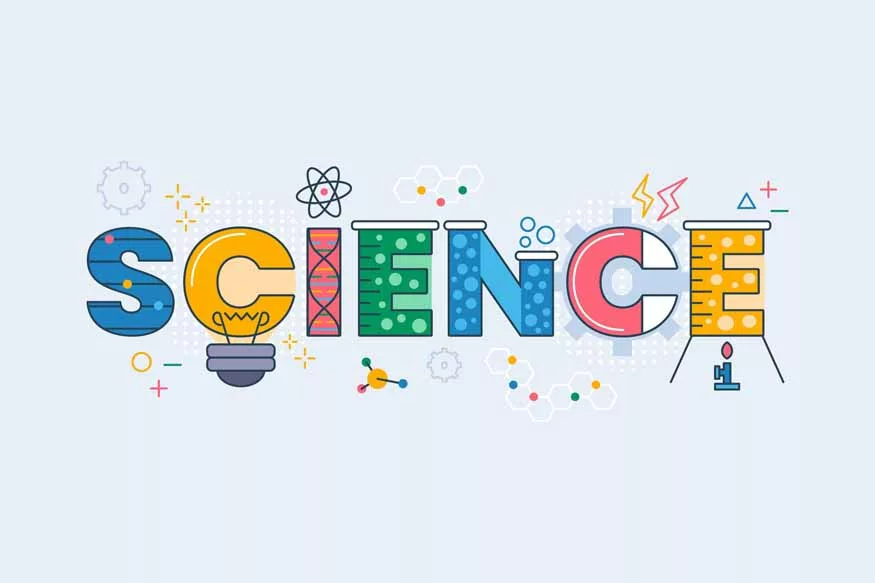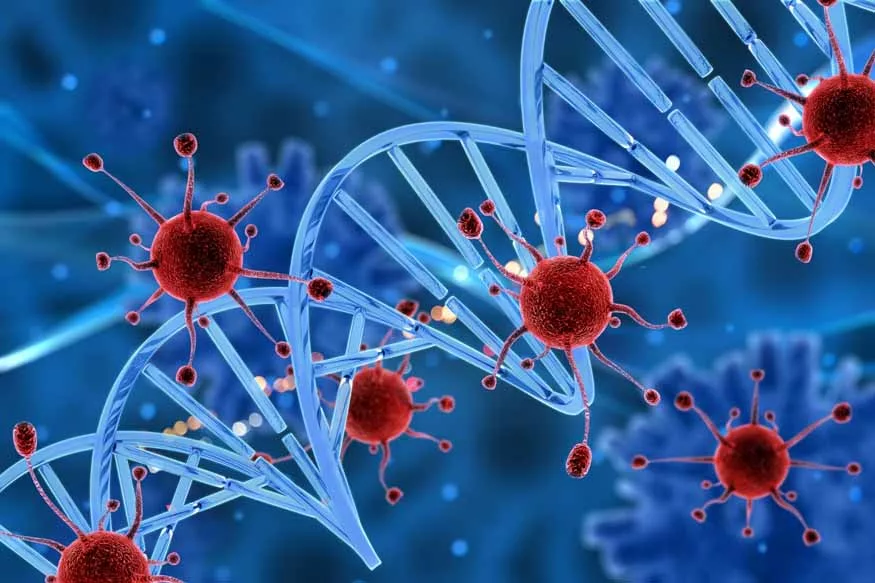In a rapidly developing field like Computer Science, several significant inventions have altered the trajectory of technology.
This blog will delve into popular inventions and their respective inventors who have laid the foundation in the field of computer science.
- Analytical Engine
- Boolean Algebra
- Punch Card
- Universal Turing Machine
- ENIAC
- Stored Program Concept
- Fortran
- ALGOL
- COBOL
- Electronic Mouse
- ARPANET
- Unix
- Microprocessor
- Ethernet
- TCP/IP
- Apple Macintosh
- Windows Operating System
- World Wide Web
- Linux
Invented by Charles Babbage in 1837, the Analytical Engine was the first general-purpose computer that encompassed an integrated memory and processor. The engine utilised punched cards for instructions, similar to early digital computers of the 20th century. It could perform mathematical computations. Its theoretical construct laid the foundation of computer science, influencing generations of technological advances.
George Boole invented this system of logic in 1847. It involves truth values; true and false generally represented by 1 and 0, respectively. Boolean Algebra formed the backbone of digital circuit design, computing, and electrical engineering.
Through understanding its laws and principles one can design and interpret logic gates and digital circuits, essential in computer science and Information Technology.
Also Read: What Are the Best Computer Science Jobs? 9 Exciting Careers
Herman Hollerith developed the Punch Card System in 1889 to aid computation for the US census.
A punch card was a piece of paper containing digital information represented by the presence or absence of holes in predefined positions. These data-bearing cards were then fed into a machine that interpreted the hole positions, translating them back into the original digital information.
Punch cards had many early computing capabilities such as data input, output, and storage and remain a symbol of the early days of computing history.
Invented in 1936 by Alan Turing, this device is considered the theoretical model for modern-day computers. The Universal Turing Machine (UTM) provided a simplified representation of what a computer can be and can do. UTMs impacted everything from high-level programming languages to machine learning algorithms, underscoring their ongoing importance.
John Mauchly and J. Presper Eckert invented the first general electro-mechanical computer, ENIAC (Electronic Numerical Integrator and Calculator), in 1946. It used vacuum tubes to perform calculations.
Though gigantic, it pioneered concepts such as parallel processing and modular design.
Also Read: Significance of Computer Education – Evolution & Types
John von Neumann, in 1945, proposed this idea that allows instructions and data to be stored in the same memory space. Central to this concept is the idea of storing program instructions and data in the same memory unit. This significantly enhanced computer capabilities by allowing the execution of instructions sequentially or conditionally.
Developed by IBM’s John Backus in the 1950s, Fortran is among the earliest high-level programming languages. Fortran, short for “Formula Translation,” is popular in scientific computing fields, owing to its computational efficiency and numerical precision.
It remains relevant even today, thanks to modern developers continually updating and improving it to maintain its utility in processing complex arithmetic operations.
Also Read:
ALGOL, coined by Dijkstra, was introduced in 1958, becoming the primary language used for algorithm description. ALGOL, short for Algorithmic Language, is a high-level computer programming language and the first one to introduce block structure.
ALGOL significantly influenced many other languages, such as Pascal and C.
Invented by Grace Hopper in the 1950s, COBOL or Common Business-Oriented Language is a compiled English-like computer programming language primarily used in business data processing.
Despite being deemed outdated, financial institutions, corporations, and government agencies maintain millions of lines of COBOL as it quickly processes vast amounts of data.
Invented by Douglas Engelbart in 1964, the electronic mouse revolutionised computer-user interaction. They served as a user-friendly interface, operational by moving and clicking the device. These devices mainly use optical or laser technology, making them highly efficient for screen navigation and are designed to be ergonomic, reducing strain over prolonged use.
Consequently, electronic mice are being used extensively in gaming, designing, and everyday computing.
Also Read: Significance of Computer Education – Evolution & Types
ARPANET, developed by Robert E. Kahn and Vinton Cerf in 1969, is the predecessor of the Internet. It pioneered the packet-switching technology that still forms the backbone of the internet today.
ARPANET’s first communication occurred between UCLA and Stanford Research Institute, marking the inception of internet connectivity.
Invented by Ken Thompson and Dennis Ritchie in 1970, Unix is a multi-tasking, multi-user computer operating system. Mainly used in servers, workstations, and mainframes, it laid the foundation for Linux’s evolution.
Known for its multi-tasking and multi-user capabilities, it boosts job-handling efficiency. Unlike other Operating Systems, UNIX rewards users with full code access and control, promising flexibility and power.
Also Read: What is Learning Science and Why Does It Matter?
Ted Hoff, Masatoshi Shima, and Federico Faggin invented the microprocessor in 1971, an integral part of all modern computing technology.
The microprocessor, often called a CPU, forms the central processing unit for many modern devices. It carries out digital input process operations by executing instructions from memory and performing mathematical and logical operations.
The progression of microprocessors contributes significantly to technological advancement, allowing for the creation of smartphones, computers, and various automated systems.
The first email was sent by Ray Tomlinson in 1971, changing the face of communication. Through ARPANET, Tomlinson sent the first electronic message, implementing the ‘@’ symbol to differentiate between sender and host.
The functionality, later standardised in 1973, became central to the email structure. Internet Protocol allowed emails to be sent between different networks, broadening its reach. This innovation triggered a surge in e-commerce, digital marketing, and personal networking.
The ethernet was Invented by Robert Metcalfe and his team at Xerox PARC in 1973. Used as a standard method for connecting computers over a network, it has today completely replaced the wired LAN technologies.
Ethernet networks are versatile and robust, able to handle massive data transfer rates of up to 100 gigabits per second.
Vinton Cerf and Bob Kahn developed TCP/IP in 1974, the communication protocols used for internet connectivity.
Also Read: Computer Lab Rules in CBSE School
Developed by Steve Jobs and Steve Wozniak in 1984, it changed from text-based to graphical user interfaces (GUIs). The Macintosh has improved because Apple focuses on design, innovation, and technology.
Microsoft Corporation, under the leadership of Bill Gates, launched the Windows operating system in 1985. This OS enabled users to visually navigate the computer system instead of typing commands.
Sir Tim Berners-Lee developed the World Wide Web at CERN in 1989. It is now the basis for finding information online. It uses hypermedia for users to navigate the web.
Linus Torvalds developed Linux, a free, open-source operating system, in 1991. It provides robust security, making it particularly suitable for servers.
It is also extensively customizable and is favoured by programmers due to its strong community support. It supports multiple architectures, and its kernel is utilised in Android, the world’s most popular mobile OS.
At EuroSchool, we encourage students to understand and assimilate the history of these popular inventions in the field of computer science. Each invention comes with a legacy left by its inventors. These innovations not only broaden technological horizons but also set the stage for further advancements in technology.









